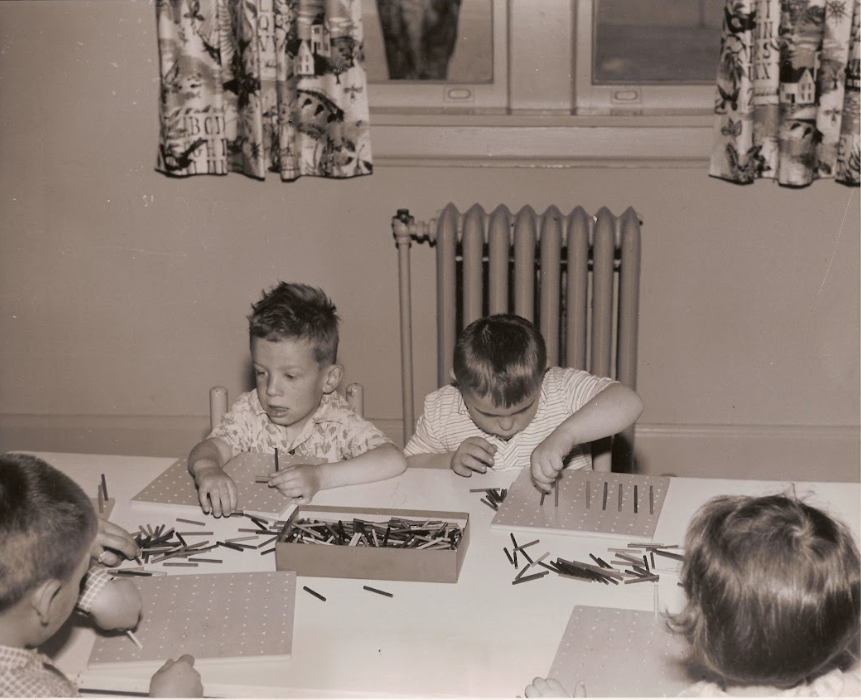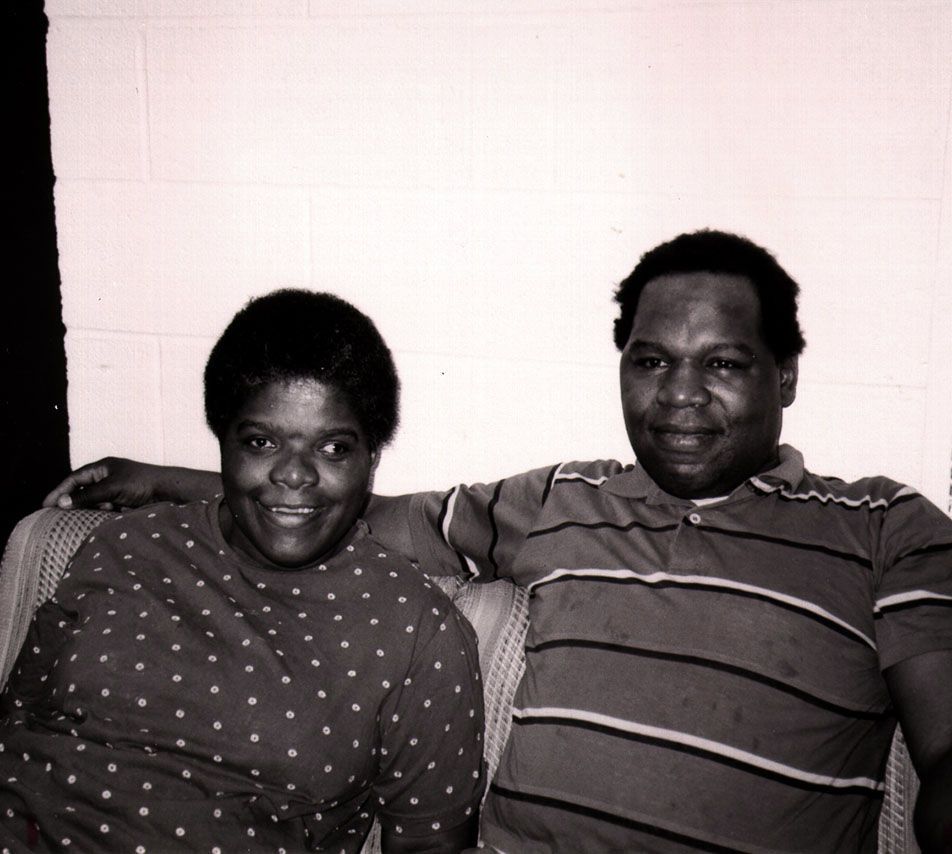Our History
The Arc of Virginia has provided advocacy and services to people with intellectual and developmental disabilities since 1952.
The History of Inclusion is Our Shared History
Because real change takes roots—and people to grow it.
Words Matter
A Note About Harmful Language
The Arc of Virginia recognizes the importance of preserving the history of the disability rights movement, even when that history includes outdated and harmful language. While these terms are no longer used today, they reflect the language of the time. We share this history to honor the progress made—and to reaffirm our commitment to inclusive, respectful, and valuing language moving forward.
The Power of Parents
In the 1950s, families were told that institutionalization was the only option for children with developmental disabilities. But a group of determined parents believed in something better. They knew their children deserved lives of dignity, opportunity, and inclusion.
That belief sparked a movement. Nationally, The Arc was founded in 1950 as parents organized across the country. In Virginia, the movement began in 1952 and led to the formation of a state organization in 1955, launching decades of advocacy that continues today.
Name History
Changing with the Times
1952 - 1973
Virginia Association for Retarded Children - VARC
1974 - 1991
Association for Retarded Citizens (ARC)
1992 - Now
The Arc of Virginia

1950s-1970s
Our Beginnings: A Movement for Change
The Arc of Virginia was founded in 1952 by families determined to secure better lives for their children with developmental disabilities. By 1955, it had become a nonprofit and a legislative voice in Richmond. Over the next two decades, it expanded statewide, supported sheltered workshops, and helped pass early legislation to build community services.
1980’s
Shifting Power and Expanding Voice
As the self-advocacy movement gained strength nationally, The Arc fought to include individuals with disabilities in leadership and decision-making. Its “Make Waves Virginia” campaign pushed for more funding for community services, marking a shift from charity to civil rights.
1990s
A Turning Point for Community Services
In the late 1990s, The Arc led a bold grassroots campaign to reduce the growing waiting list for community-based services. The now-iconic “A Key of Our Own—Unlock the Waiting Lists” movement pushed the state to make major new investments in supports outside of institutions.
The 1990s
Building Partnerships and Family Supports
Alongside system change, The Arc developed and expanded programs to support families, including early intervention representation, autism training, and ADA education efforts.
The 2000s
Protecting Progress and Defining a Vision
With strong legislative relationships, The Arc limited service cuts during budget crises and led rallies for disability rights. The message “A Life Like Yours” became central to its advocacy, and its 2007 Community Living Action Plan would shape system transformation for years to come.
2010s
From Institutions to Inclusion
After a federal investigation and settlement agreement, Virginia committed to closing four of its five training centers. The Arc fought to ensure the voices of self-advocates were heard and played a leading role in the 2016 waiver redesign, which for the first time gave people with autism and other DD access to full community-based services.
2020s
A Decade of Possibility
Despite the COVID-19 pandemic, The Arc stayed focused on protecting services and advancing justice.
In 2024, a historic investment fully funded the Priority One waiting list—a victory 25 years in the making.
Today, The Arc continues to lead efforts in self-advocacy, peer mentorship, housing, and more.
Today
Looking Ahead
The Arc of Virginia’s history is rooted in advocacy, equity, and the belief that everyone deserves A Life Like Yours. We continue to push forward—with the lessons of the past, the voices of today, and a shared vision for tomorrow.



